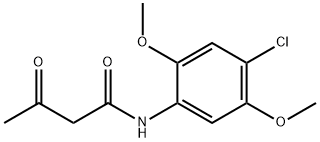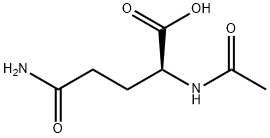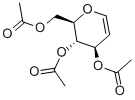PRODUCT Properties
| Melting point: | 78-80 °C(lit.) |
| Boiling point: | 221 °C(lit.) |
| Density | 1.159 |
| vapor pressure | 1 mm Hg ( 65 °C) |
| refractive index | 1.4274 |
| Flash point: | 220-222°C |
| storage temp. | Store below +30°C. |
| solubility | H2O: 0.5 g/mL, Hazen ≤50 |
| form | Crystals |
| pka | 0.63(at 25℃) |
| color | White |
| Odor | Mousy odor |
| biological source | synthetic |
| Water Solubility | 2000 g/L (20 ºC) |
| Merck | 14,43 |
| JECFA Number | 1592 |
| BRN | 1071207 |
| Dielectric constant | 41.0(20℃) |
| Exposure limits | ACGIH: TWA 1 ppm |
| Stability: | Stable. Incompatible with strong acids, strong oxidizing agents, strong bases. Deliquescent. Triboluminescent. |
| InChIKey | DLFVBJFMPXGRIB-UHFFFAOYSA-N |
| LogP | -1.26 |
| CAS DataBase Reference | 60-35-5(CAS DataBase Reference) |
| IARC | 2B (Vol. 7, Sup 7, 71) 1999 |
| NIST Chemistry Reference | Acetamide(60-35-5) |
| EPA Substance Registry System | Acetamide (60-35-5) |
Description and Uses
Acetamide (MEA or ethanamide), the amide of acetic acid, is a white crystalline solid in pure form with a mousy odor. Low toxicity. It is produced by dehydrating ammonium acetate. Acetamide is found in red beetroot.
Acetamide is used primarily as a solvent, plasticizer, and a wetting and penetrating agent. it was used as an intermediate in the synthesis of methylamine, thioacetamide, hypnotics, insecticides, medicinals and various plastics, a soldering flux ingredient, a wetting agent and penetration accelerator for dyes, and as a plasticizer in leather, cloth and coatings.
ethanolamine is an amide made from acetamide and monoethanolamine. It is a clear liquid. In cosmetics and personal care products, It is used in the formulation of bubble baths, hair conditioners, shampoos, wave sets, moisturizers, and other bath and hair care products.It increases the water content of the top layers of the skin by drawing moisture from the surrounding air. It also enhances the appearance and feel of hair, by increasing hair body, suppleness, or sheen, or by improving the texture of hair that has been damaged physically or by chemical treatment.
Cryoscopy; organic synthesis; general solvent; lacquers; explosives, soldering flux; wetting agent; plasticizer
Safety
| Symbol(GHS) |  GHS08 |
| Signal word | Warning |
| Hazard statements | H351 |
| Precautionary statements | P201-P202-P280-P308+P313-P405-P501 |
| Hazard Codes | Xn |
| Risk Statements | 40 |
| Safety Statements | 36/37 |
| RIDADR | UN 3077 9/PG 3 |
| WGK Germany | 1 |
| RTECS | AB4025000 |
| F | 3 |
| Autoignition Temperature | 560°C |
| TSCA | Yes |
| HS Code | 29241900 |
| Hazardous Substances Data | 60-35-5(Hazardous Substances Data) |
| Toxicity | LD50 orally in Rabbit: 7000 mg/kg |





